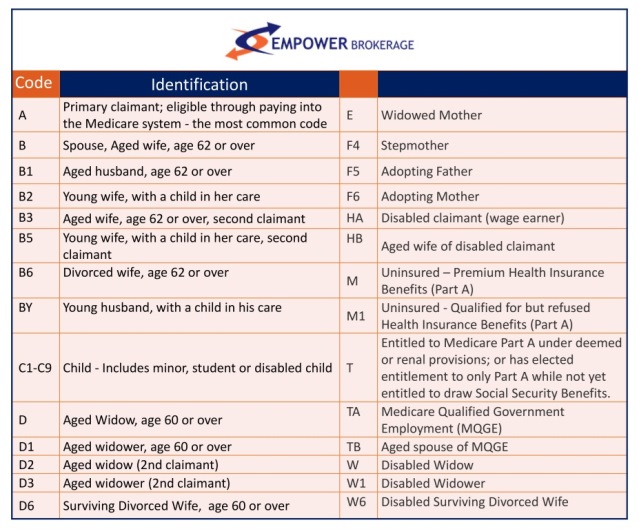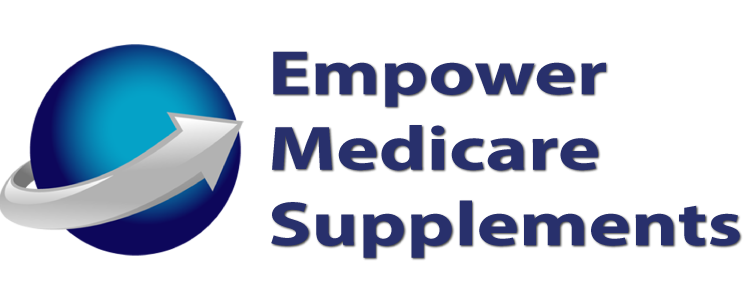You may have noticed a letter at the end of your Medicare number and wondered what it stands for.
Your Medicare Claim Number is located on your Medicare card underneath the beneficiary name. Providers use this number to provide Medicare covered services. It is also the number you will provide to the Social Security Administration when discussing your Medicare account and terms. The first nine digits of your medicare number should look familiar to you. Most times, they match your social security number. However, there are some cases where it will be the SSN of your spouse, parent or child instead.
Medicare Number Suffixes
After the numerical sequence, there will be a letter or a letter followed by another number. These codes indicate Medicare eligibility. For example, assume you are the wife (62 years or older) of the primary claimant, and your husband’s SSN is 555-55-5555. Your Medicare number would be 555-55-5555-B.
Below are some common Medicare codes and what they mean.
Relationships to the Primary Beneficiary Codes
The most common code is code “A”. This simply means you are the primary claimant who has become eligible for Medicare through paying into the Medicare system for over 40 quarters.
If you are married to or divorced from the living primary claimant, Code “B” will appear on your card. Their SSN will be the first nine digits on your Medicare card.
When you are the child of a primary claimant, code “C” will appear. Suffixes following “C” indicate your relationship to the primary claimant. “C1” means you are the first child, “C2” means you are the second child and so forth.
Code “D” indicates you were married to or divorced from a deceased primary claimant. D alone means you are the widow, while “D1” indicates you are a widower. Code “D” suffixes will also apply to second widows and widowers.
Eligibility due to Disability, or Special Circumstances
“H” indicates eligibility for Medicare due to a disability. “HA” will appear for the disabled claimant, while HB means you are the wife of a disabled claimant (62 or over). “HC” is for the child of a disabled claimant.
Codes “J” and “K” will indicate you are a special beneficiary based on your work history, or entitlement to Medicare Part A.
If a person is not eligible for Part B coverage but not Part A, Code “M” will appear on their card. If you are eligible for Part A but have refused it, the “M1” suffix will appear.
Medicare Claim Numbers ending in “T” mean you are eligible for for Medicare Part A, but not for retirement benefits. This could be because you suffer from chronic kidney disease, or have eligibility due to Medicare Qualified Government Employment (MQGE), or the spouse of a MQGE.

This chart is not a comprehensive list of Medicare codes
The codes at the end of your Medicare number are solely to indicate Medicare eligibility. The codes do not reflect what type of coverage you have enrolled in. If you are enrolled in Part A and/or Part B, this information will be on the front of your Medicare card under the heading “IS ENTITLED TO”. If you have enrolled in Medicare Part C (Medicare Advantage) or Part D (prescription drug coverage), this information will not appear anywhere on your Medicare card, but on a separate membership card that you receive after enrollment.
Because insurance is often times overwhelmingly confusing, we want to shed light on this industry by answering YOUR questions! Talk to an experienced agent about your Medicare options today!
Get affordable health insurance quotes by clicking here.
For immediate assistance, call us toll-free at (844) 446-9157!

